Get a Wonderful Person Tee: https://teespring.com/stores/whatdamathMore cool designs are on Amazon: https://amzn.to/3QFIrFXAlternatively, PayPal donations ca…
Get the latest international news and world events from around the world.
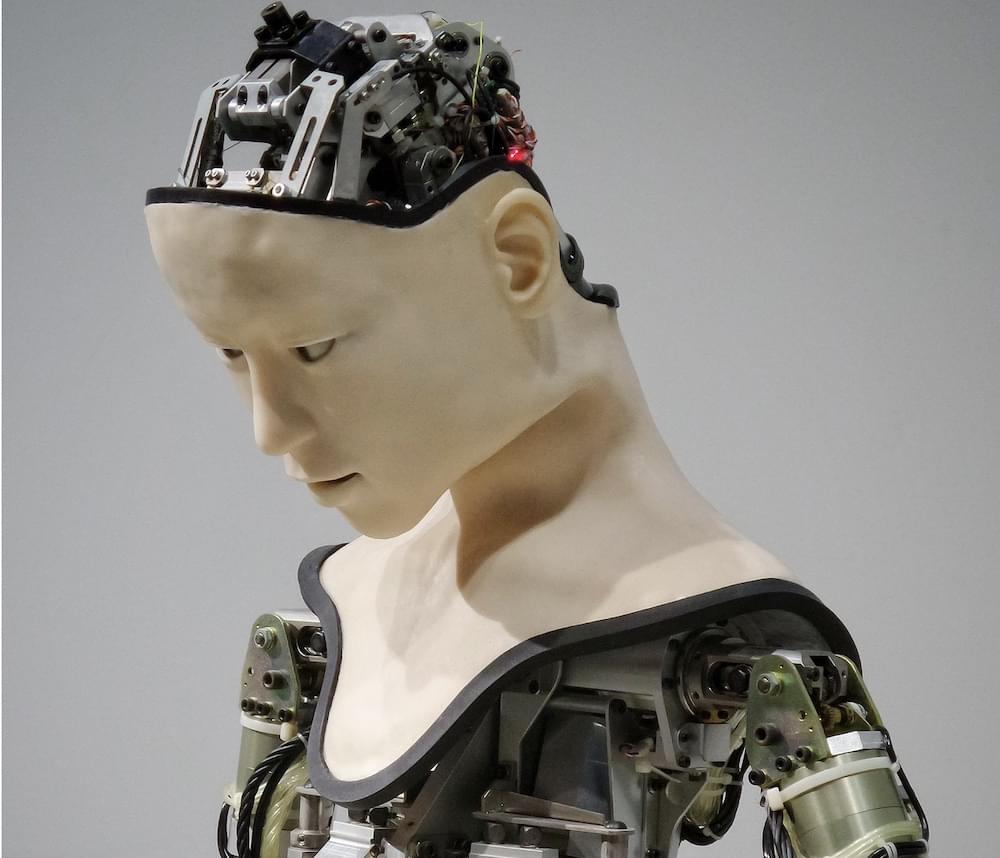
The Quest for AGI Continues Despite Dire Warnings From Experts
Musk, Gates, Hawking, Altman and Putin all fear artificial general intelligence, AGI. But what is AGI and why might it be an advantage that more people are trying to develop it despite very serious risks?
“We are all so small and weak. Imagine how easy life would be if we had an owl to help us build nests,” said one sparrow to the flock. Others agreed:
“Yes, and we could use it to look after our elderly and our children. And it could give us good advice and keep an eye on the cat.”

Nick Bostrom’s ‘Deep Utopia’ On Our AI Future: Can We Have Meaning And Fun?
A new book by Nick Bostrom is a major publishing and cultural event. His 2014 book, Superintelligence, helped to wake the world up to the impact of the first Big Bang in AI, the arrival of deep learning. Since then we have had a second Big Bang in AI, with the introduction of transformer systems like GPT-4. Bostrom’s previous book focused on the downside potential of advanced AI. His new one explores the upside.
Deep Utopia is an easier read than its predecessor, although its author cannot resist using some of the phraseology of professional philosophers, so readers may have to look up words like “modulo” and “simpliciter.” Despite its density and its sometimes grim conclusions, Superintelligence had a sprinkling of playful self-ridicule and snark. There is much more of this in the current offering.
The structure of Deep Utopia is deeply odd. The book’s core is a series of lectures by an older version of the author, which are interrupted a couple of times by conflicting bookings of the auditorium, and once by a fire alarm. The lectures are attended and commented on by three students, Kelvin, Tessius and Firafax. At one point they break the theatrical fourth wall by discussing whether they are fictional characters in a book, a device reminiscent of the 1991 novel Sophie’s World.
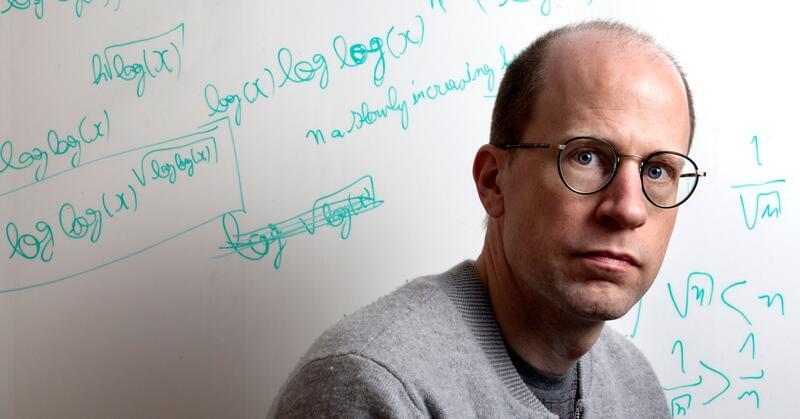
Dom Heinrich on LinkedIn: Nick Bostrom Made the World Fear AI. Now He Asks: What if It Fixes…
Efficient. Fast. Autonomous. And one day it will erase humans: #AI I personally always said there is another perspective to artificial intelligence and the only thing that is super is the outcome for humans. Philosopher Nick Bostom has a new book, and it’s finally acknowledging the potential of a harmonious human-AI relationship and its problem solving capabilities. AI = augmented intelligence #design #ai #problemsolving #innovation #creativeai

AI Ethics Surpass Human Judgment in New Moral Turing Test
A recent study revealed that when individuals are given two solutions to a moral dilemma, the majority tend to prefer the answer provided by artificial intelligence (AI) over that given by another human.
The recent study, which was conducted by Eyal Aharoni, an associate professor in Georgia State’s Psychology Department, was inspired by the explosion of ChatGPT and similar AI large language models (LLMs) which came onto the scene last March.
“I was already interested in moral decision-making in the legal system, but I wondered if ChatGPT and other LLMs could have something to say about that,” Aharoni said. “People will interact with these tools in ways that have moral implications, like the environmental implications of asking for a list of recommendations for a new car. Some lawyers have already begun consulting these technologies for their cases, for better or for worse. So, if we want to use these tools, we should understand how they operate, their limitations, and that they’re not necessarily operating in the way we think when we’re interacting with them.”
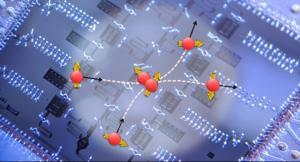
Novel hybrid scheme speeds the way to simulating nuclear reactions on quantum computers
The nuclear reactions that power the stars and forge the elements emerge from the interactions of the quantum mechanical particles, protons and neutrons. Explaining these processes is one of the most challenging unsolved problems in computational physics. As the mass of the colliding nuclei grows, the resources required to model them outpace even the most powerful conventional computers. Quantum computers could perform the necessary computations. However, they currently fall short of the required number of reliable and long-lived quantum bits. This research combined conventional computers and quantum computers to significantly accelerate the prospects of solving this problem.
The Impact
The researchers successfully used the hybrid computing scheme to simulate the scattering of two neutrons. This opens a path to computing nuclear reaction rates that are difficult or impossible to measure in a laboratory. These include reaction rates that play a role in astrophysics and national security. The hybrid scheme will also aid in simulating the properties of other quantum mechanical systems. For example, it could help researchers study the scattering of electrons with quantized atomic vibrations known as phonons, a process that underlies superconductivity.
AlphaFold 3 offers even more accurate protein structure prediction
AlphaFold 3 by DeepMind accurately predicts protein structures and interactions, transforming drug discovery and structural biology.

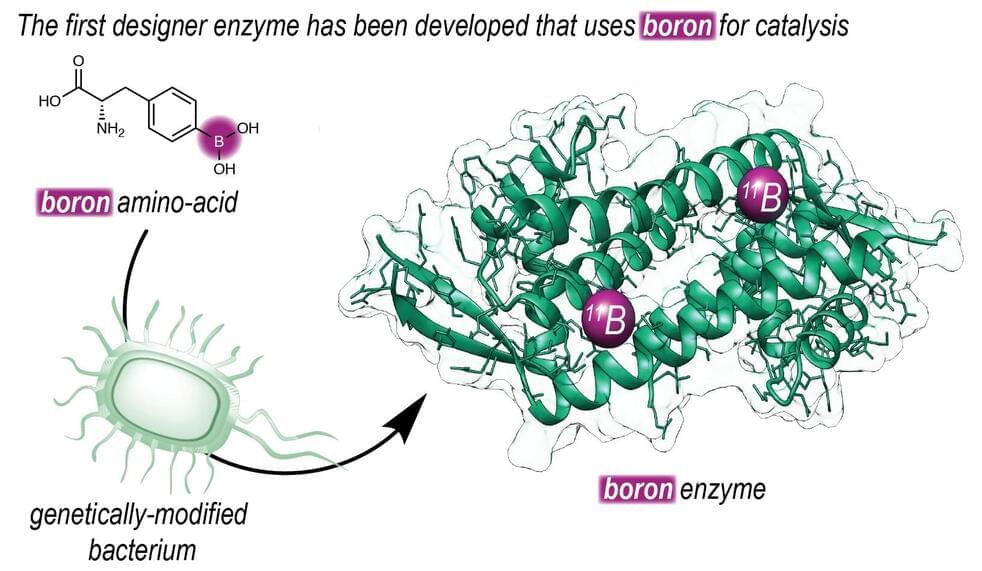
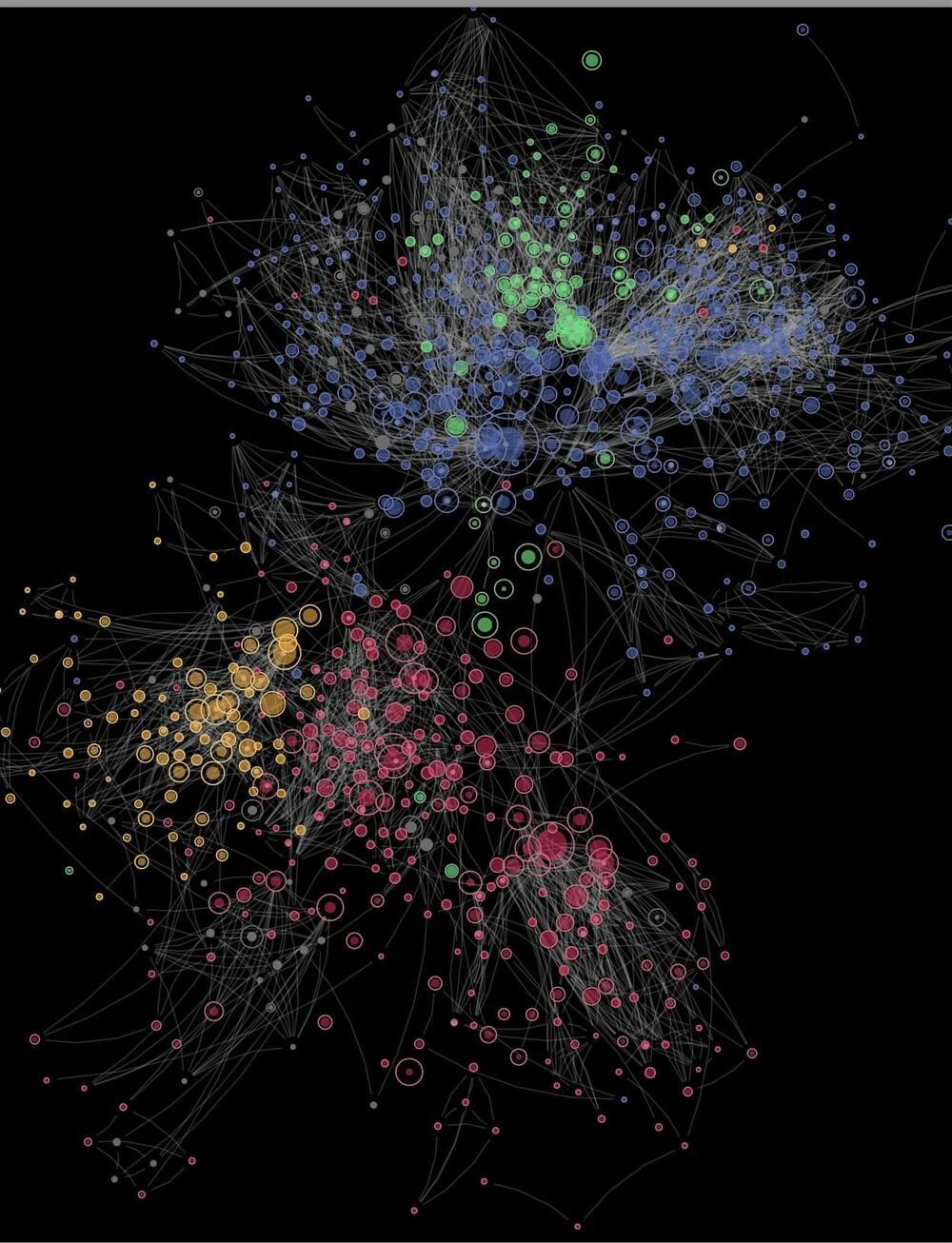
Hidden citations in physics may obscure true impact
In the scientific literature, a citation acts as a mechanism to signal prior knowledge, enhance credibility, and protect against plagiarism. But it also gives credit to the individual or team who established or discovered the knowledge in question, and citations have thus emerged as a metric to measure the impact of a work or researcher.